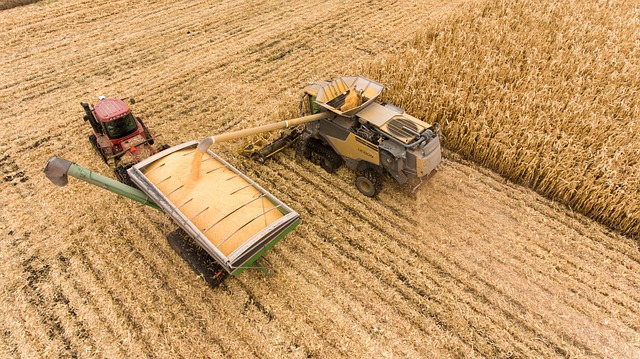In recent years, the imperative for sustainable transport within rural communities has become increasingly prominent, especially in the context of forest management practices. Traditionally, forests have been viewed purely as resources, providing timber or other materials. However, a shift in perspective is underway, recognizing that sustainable management of these vital ecosystems can play a key role in both transportation sustainability and rural development.
Forest management practices that prioritize ecological balance not only protect biodiversity but also enhance the quality of life for rural populations. By ensuring that forests are sustainably managed, we can maintain critical ecosystem services, such as clean air and water, which are vital to the health and well-being of those who live nearby. Moreover, healthy forests can serve as corridors for non-motorized transport modes, such as biking and hiking, promoting a more sustainable approach to transportation.
Integrating forest management with local infrastructure planning can help create transport networks that are efficient and environmentally friendly. For instance, the establishment of multi-use trails can support both recreational and commuting activities, reducing reliance on fossil-fuel-powered vehicles. Such practices encourage community engagement with the environment, making transportation a part of the rural lifestyle while also preserving the lush landscapes that surrounding communities depend on for their economic activities, such as tourism and agriculture.
Moreover, rural development must go hand in hand with forest management practices that foster economic opportunities. By investing in sustainable forestry, communities can create jobs that not only contribute to local economies but also promote conservation efforts. This might include eco-tourism ventures that attract visitors looking to experience the natural beauty of the forests, generating income while providing an incentive to protect these invaluable resources.
Another critical aspect is education and community involvement. Teaching and involving residents in sustainable forest practices fosters a deeper connection and responsibility toward their natural surroundings. Community workshops can guide locals in understanding how their actions impact forest health and the methods of sustainable harvesting that allow for continued use of the forest without degradation. Awareness programs can also highlight the benefits of sustainable transport solutions, such as carpooling or public transit options connected to rural hubs.
Innovative technologies are emerging to enhance forest management practices as well. For example, the use of drones for monitoring forest health and mapping transportation routes is a growing trend. These technologies not only streamline the management process but also provide invaluable data that can inform future decisions regarding transport infrastructure and conservation areas. Additionally, employing smart logistics can optimize the movement of goods harvested from forests, reducing their carbon footprint and promoting efficiency within local economies.
Ultimately, the interconnection between forest management practices, transport sustainability, and rural development presents a holistic approach to ensure that the needs of local communities are met while safeguarding the environment. The vision is clear: by embracing these evolving practices, we can create thriving rural landscapes that honor the balance between natural resources and human advancement, fostering a sustainable future for generations to come.




